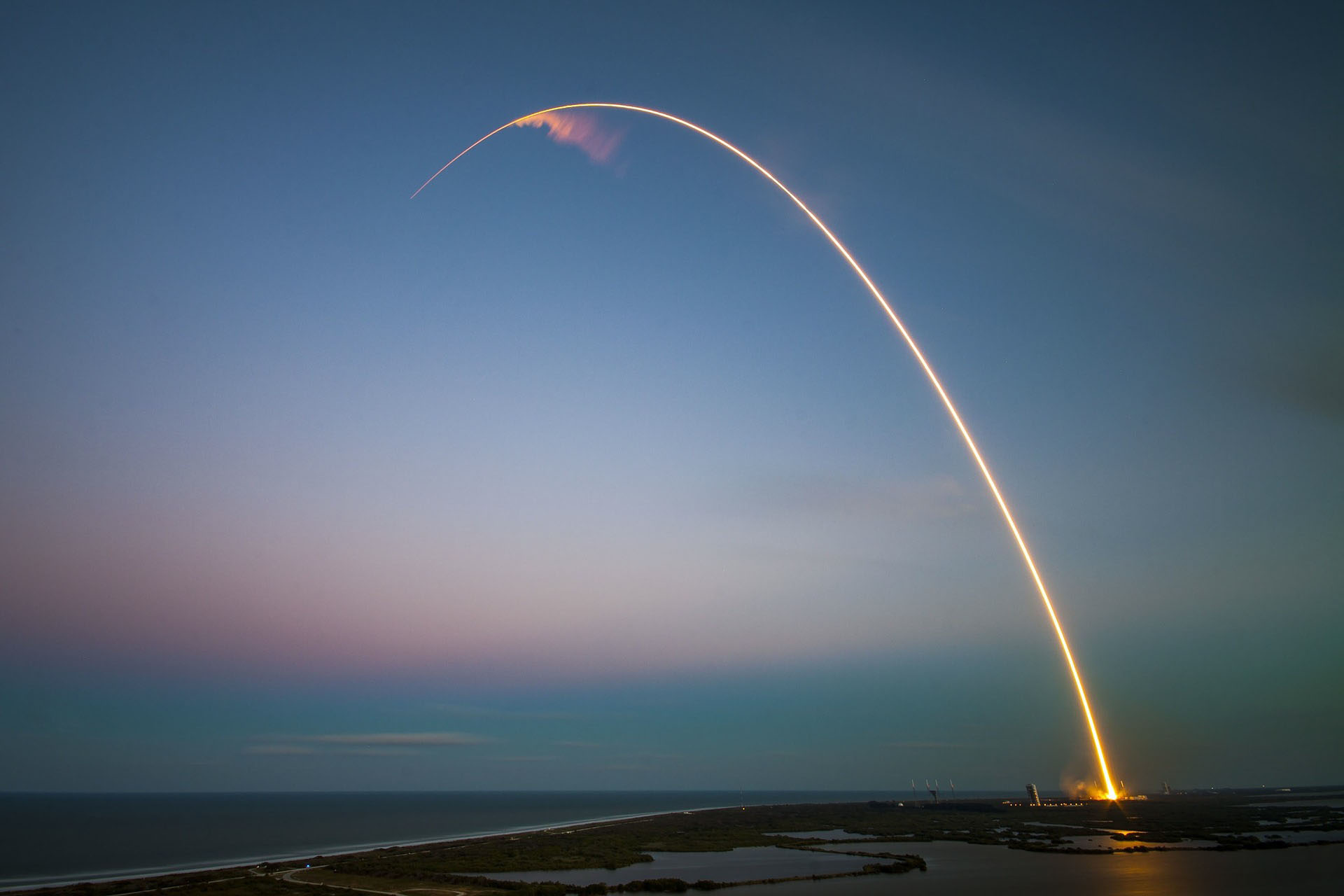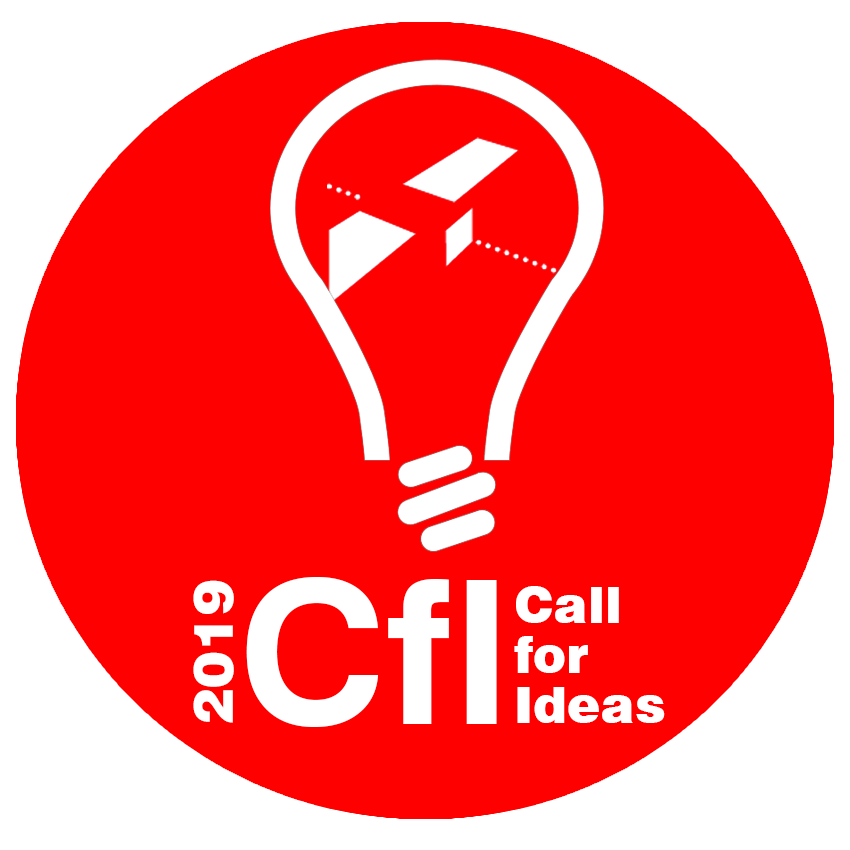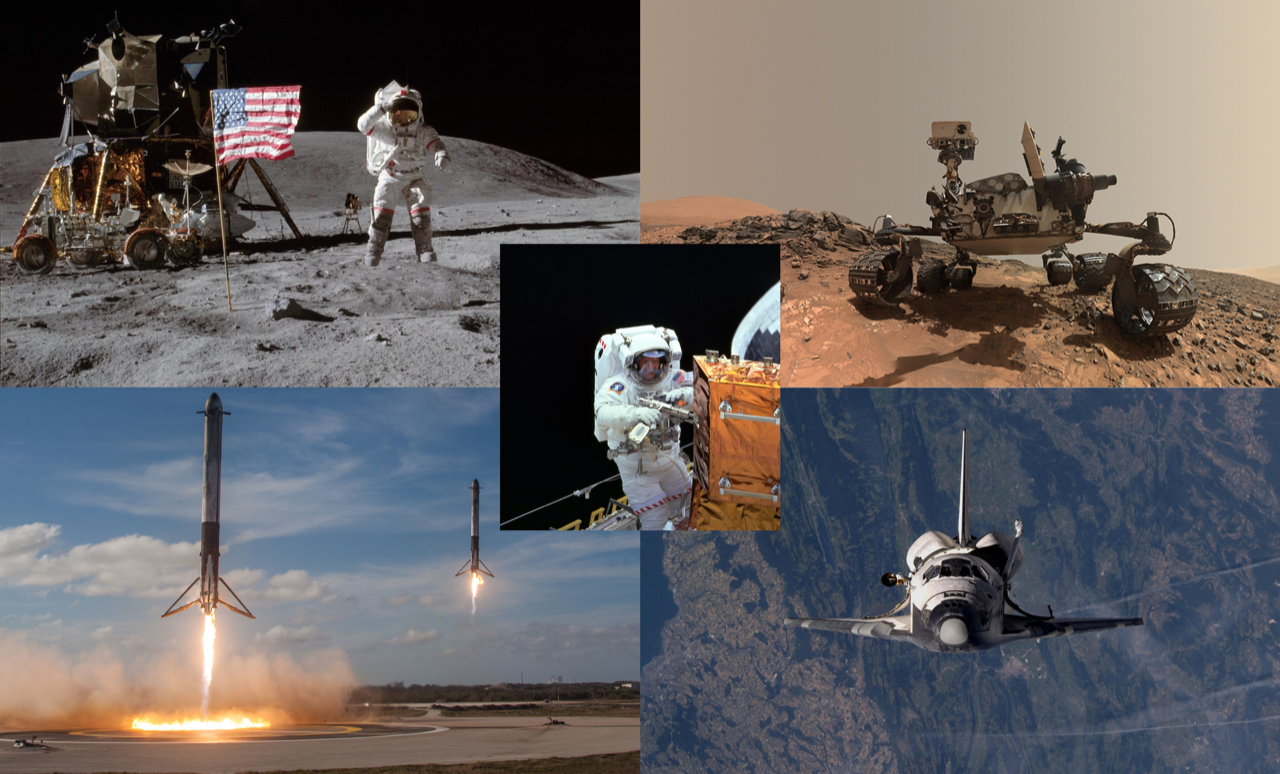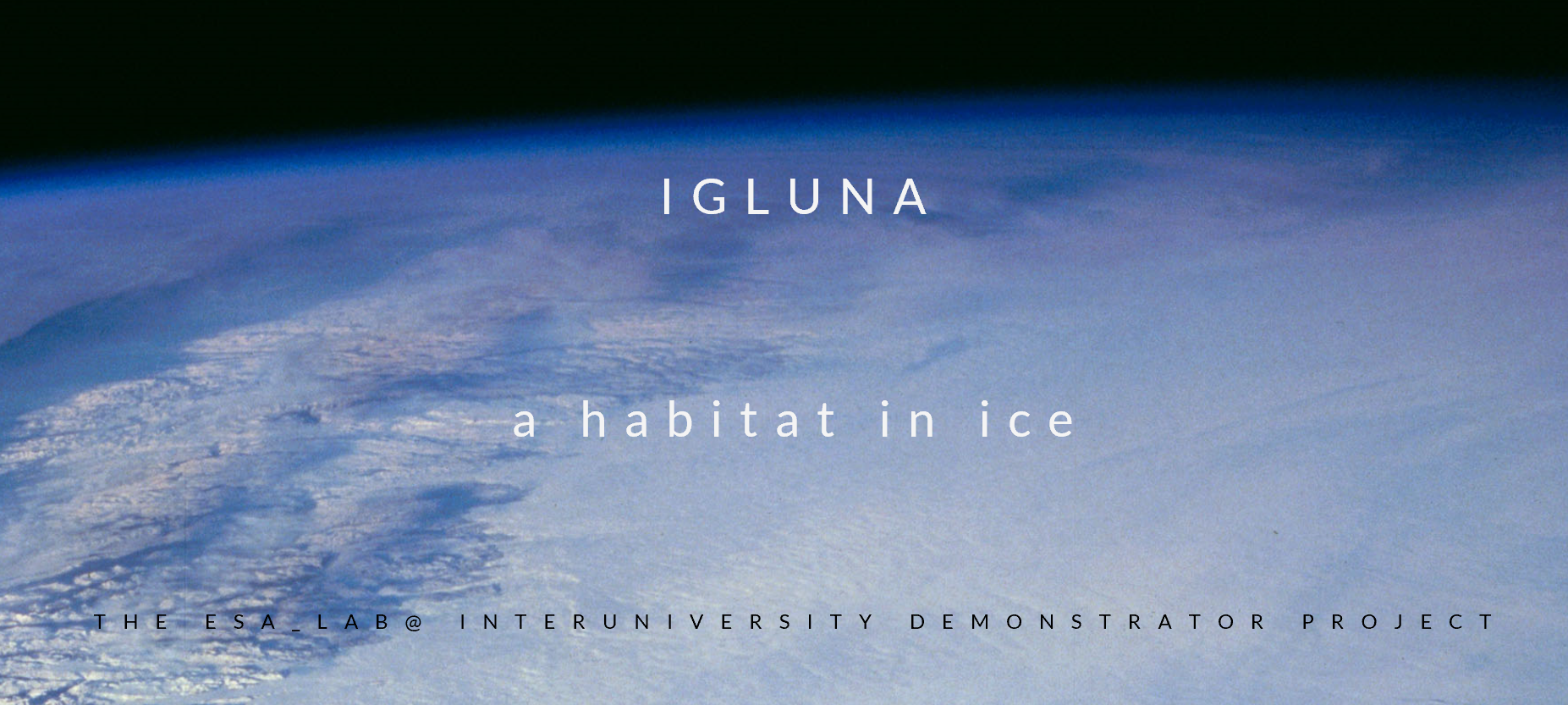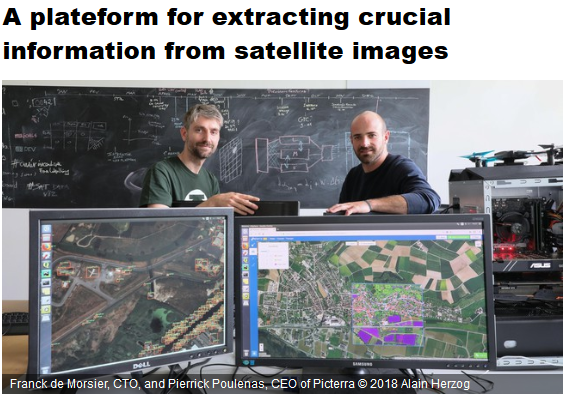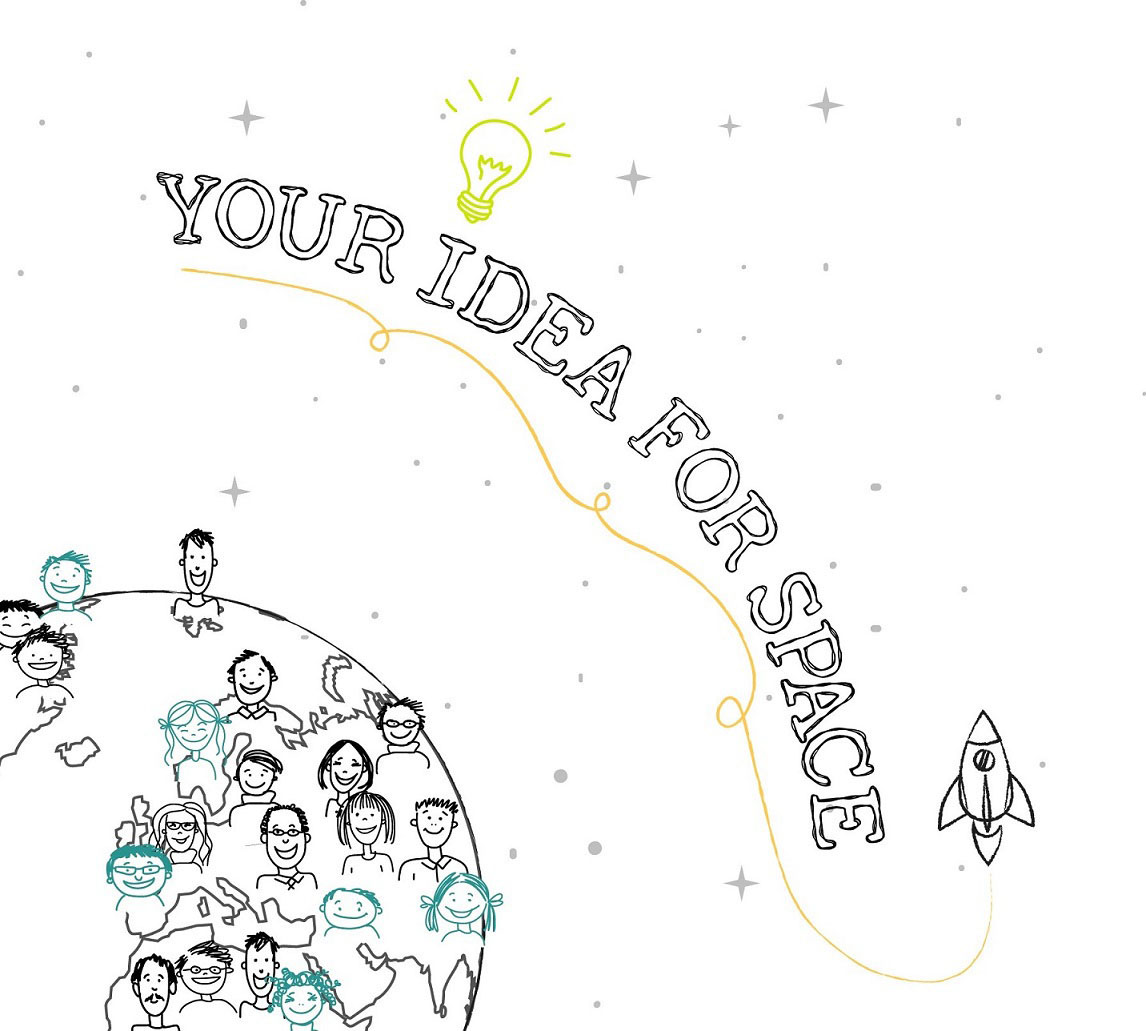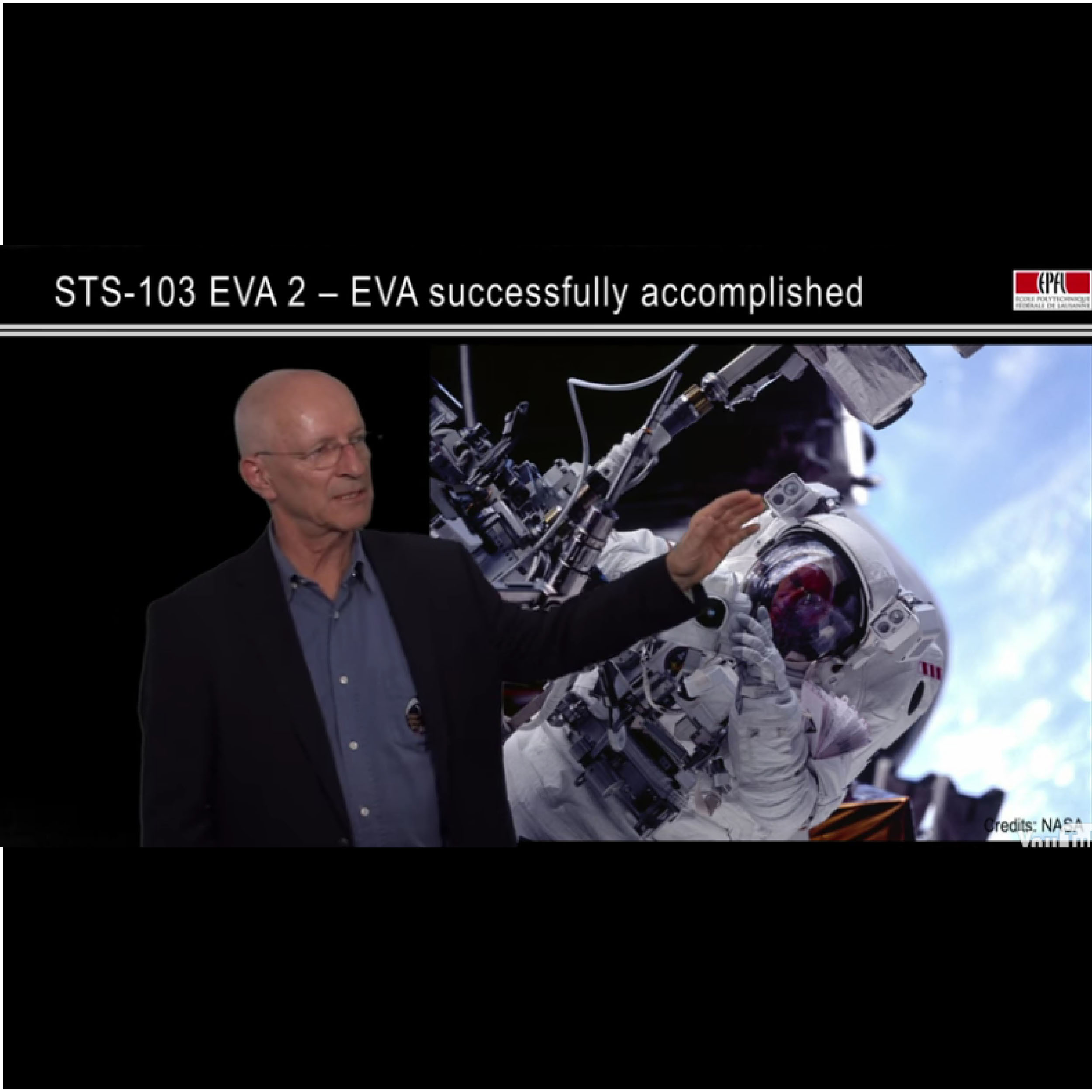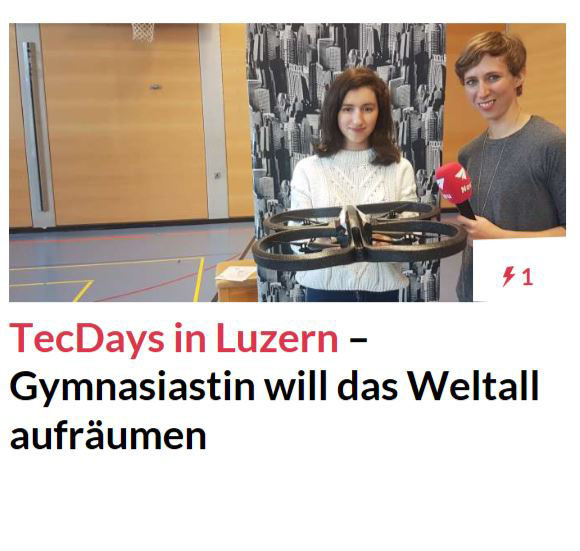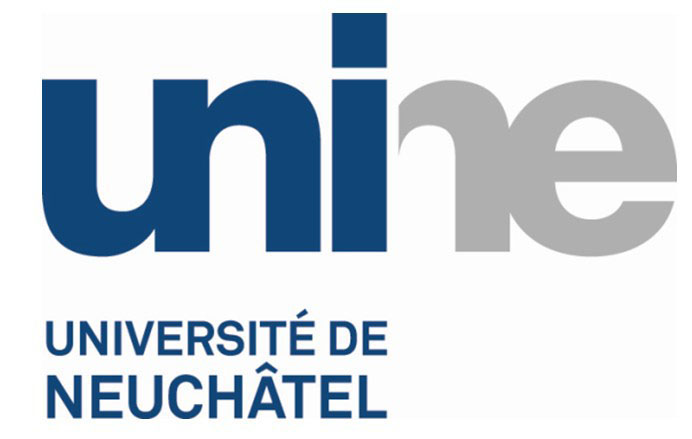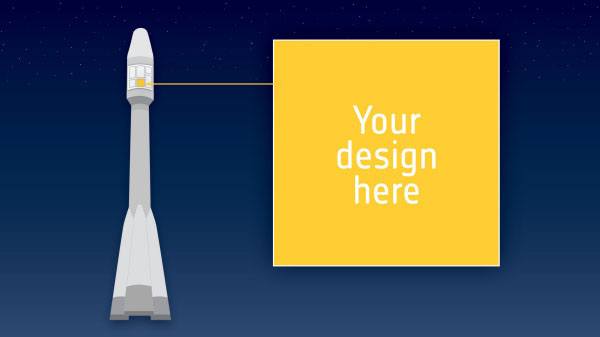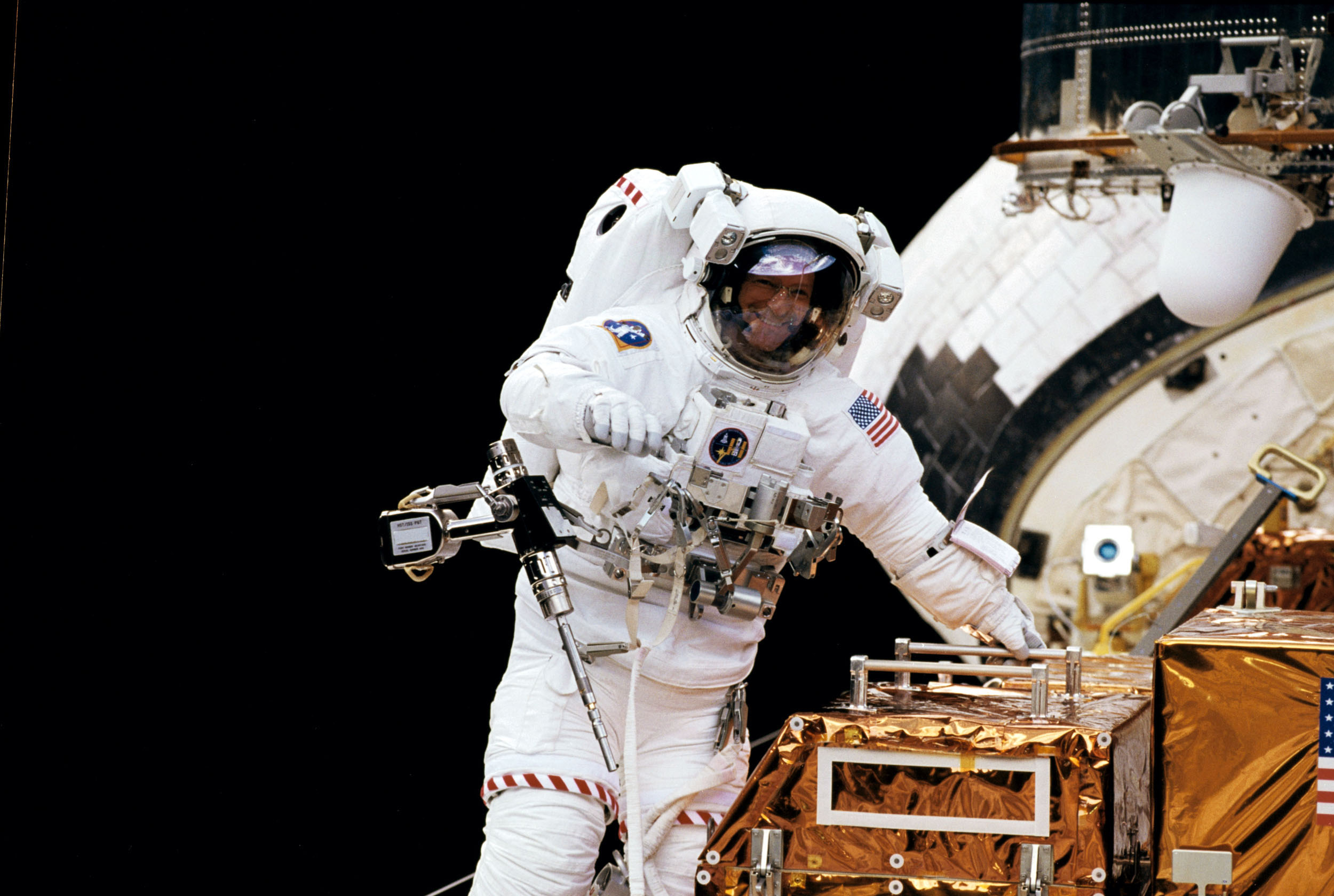“Mars, Moxie and the Future of Space Exploration”. 23 September at EPFL, Lausanne and 25 September at ETH, Zurich
Workshop “AI for Space – Why, where and how ?”
Igluna Field Campaign
IGLUNA 2020 – Call for Proposals
Continuing Education “Non Destructive Analysis for Space”
Call for Ideas 2019
MOOC Space Mission Design and Operations
International Summer Camps
Executive Summary 2018
MdP 2018 – selection
Igluna – a habitat in ice (video kickoff event)
Igluna – a habitat in ice – has kicked-off
Igluna – a habitat in ice
Swiss Space Center Trailer
A plateform for extracting crucial information from satellite images
A great article of our member Picterra featured in todays EPFL News: “EPFL start-up Picterra has devised a smart system that allows users to analyze drone or satellite images of a given territory: in a few clicks, they can extract information, statistics and representations of changes that have taken place in the area.[…]”
New Working Group on Software for Satellite Operations
The objective of this new working group is to connect the Swiss academy and industrial actors and to provide a platform for promoting common projects, enabling the industrial partners to increase their competitiveness and therefore increase the impact of Swiss software contributions in the space sector.
from Small Satellites to Planetary Rovers and Rockets – A University Approach
Thursday, 31st May 2018, 5 p.m.
ETH Hönggerberg, HIL D 53
National Trainee Programme 2018
Bring your idea to Space!
The Swiss Space Center (SSC) and the European Space Agency (ESA) have joined in partnership to prepare ESA_Lab@CH, an initiative meant to give students the opportunity to develop technologies to sustain life in extreme conditions and beyond Earth.
How to design and build a human habitat in Ice? This is the challenge posed by the Swiss Space Center, inviting all students in Europe to share, discuss, and demonstrate their ideas on this topic.
The space sector is entering a new era. Formerly accessible to only a few spacefaring nations, it is becoming an incredible ‘playground’ for many new enthusiastic actors: emerging private companies and industries, a fast growing number of countries, academies and citizens join forces and seize the new opportunities in space to create knowledge, wealth and services for humans all around the globe.
The European Space Agency (ESA) drives this development by strengthening its ties with academia and other innovation partners, fostering a constant flux of radically new ideas and disruptive, future oriented solutions for space challenges.
ESA_Lab@ is a new ESA initiative that creates an open cooperation scheme between ESA, academia and also other actors to intensify research, development, and outreach. Recognising that innovation and education drive growth, ESA_Lab@ aims to inspire the next generation of space experts who will carry on the pursuit of technological and commercial successes in space.
ESA_Lab@CH will explore a new way to set-up and implement international, collaborative student projects on visionary space topics. As a first pilot, the Swiss Space Center is preparing a project on the topic of A Human Habitat in Ice: Demonstrating key enabling technologies for life support in frozen worlds. The vision of this project that is also supported by the Swiss Space Office of the State Secretariat of Education, Research and Innovation (SERI/SSO), is to develop, together with students from all over Europe, technologies that will enable humans to live away from Earth – and live better on Earth.
In the new era of Space 4.0, space is no longer exclusively driven by experts. Space should be for everyone, and the more people think about a problem, the better the solutions become. There are many people that have unique experiences, knowledge, dreams, and competences that could benefit the way we design, fabricate and use space systems.
Students, your ideas, combined with some space expertise, will drive the future of space!
Join the discussion and the project on www.myideafor.space
MOOC 2018 – Space Mission Design and Operations
MdP 2018 – Call for Proposal
Following the past four successful editions of the MdP Calls for Proposals (Mesure de Positionnement) launched since 2010 to reinforce the technological and scientific capabilities of Swiss entities in the space sector, the Swiss Space Office of the State Secretariat for Education, Research and Innovation (SERI/SSO) is again initiating a Call for Proposals in 2018.
Submission Deadline: 25 April 2018
International Summer School in Beijing, China
Our module at the Tecday Lucerne featured on Nau
Horloges spatiales à l’heure de la 3D
Les horloges atomiques destinées à l’espace peuvent désormais compter sur l’impression 3D, comme l’atteste une recherche dirigée par le Laboratoire Temps Fréquence (LTF) de l’Université de Neuchâtel. Cette technologie a permis de simplifier la fabrication et réduire le poids de cavités micro-ondes, pièces clés de ces garde-temps. Réalisé en partenariat avec l’EPFL et l’entreprise SWISSto12, le projet a bénéficié d’un soutien de CHF 250’000 du Swiss Space Office de la Confédération. Les résultats, qui ont dépassé les attentes des scientifiques, seront présentés le 13 février au Swiss Space Center de l’EPFL. […]
Apply now for the Tsinghua International Summer School
Applications open for ESA’s space debris training course
The Space Debris Training Course will be hosted at the ESA Academy‘s Training & Learning Centre in ESEC, Redu, Belgium, from 16 to 20 April 2018. University students will be provided with an introduction to the concept of space debris, why it is necessary to address this problem, and how the mitigation policies set by ESA apply to missions.
Launch your design to space
ESA has opened a competition for a design that will ornament the fairing of the Soyuz rocket carrying the satellite CHEOPS.
The fairing is the outer housing that protects the satellite against the extreme pressure and heat experienced as it punches through Earth’s atmosphere. Those fairings are produced in Switzerland by the company RUAG Space.
CHEOPS is an ESA satellite mission to study Exo-planets.
Further details about the competition can be found here. Competition rules and guidelines are published here.
Toute une vie avec Claude Nicollier
The RTS programme “Toute une vie” presented Claude Nicollier on January 4th 2018. “Des archives rares, des photos, des documents personnels. Le Suisse de l’Espace, Claude Nicollier parle de son ancêtre le chocolatier Cailler, de sa carrière chez Swissair, de sa vie de famille à Houston et de ses extraordinaires missions avec la navette Challenger.”
Swiss TechLadies
Swiss TechLadies is a support programme in technics and informatics. The programme consists of a online challenge for all and a mentoring programme for girls.
Women working in STEM domaine are welcome to become a mentor and to support young woman on their path to become a professional.
More information here (in german).




